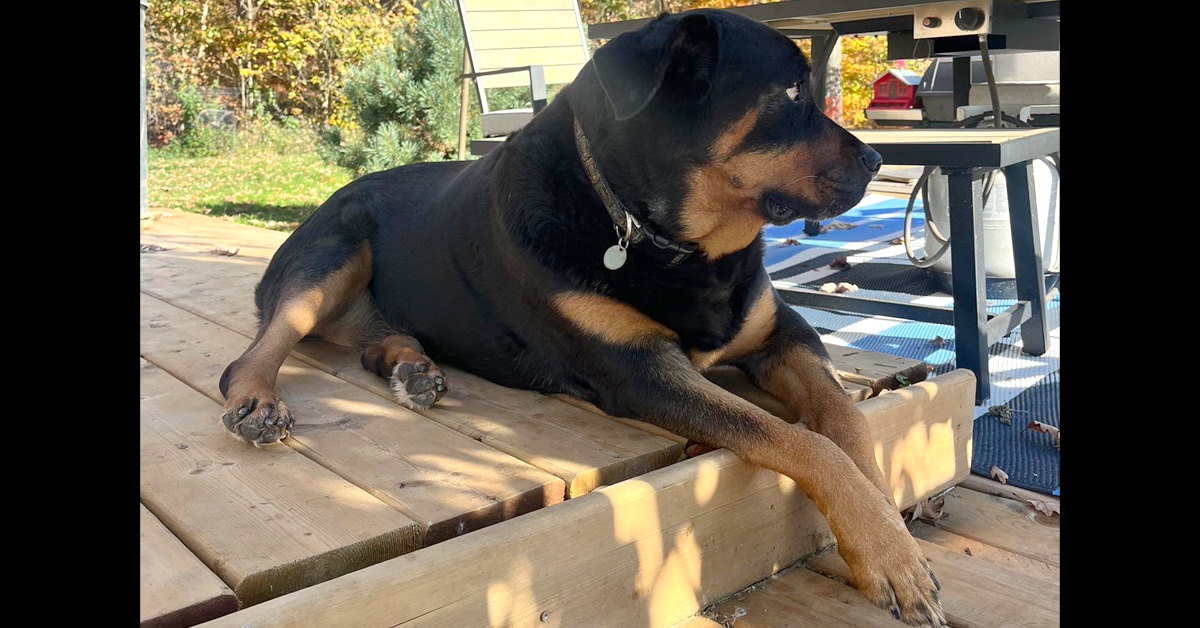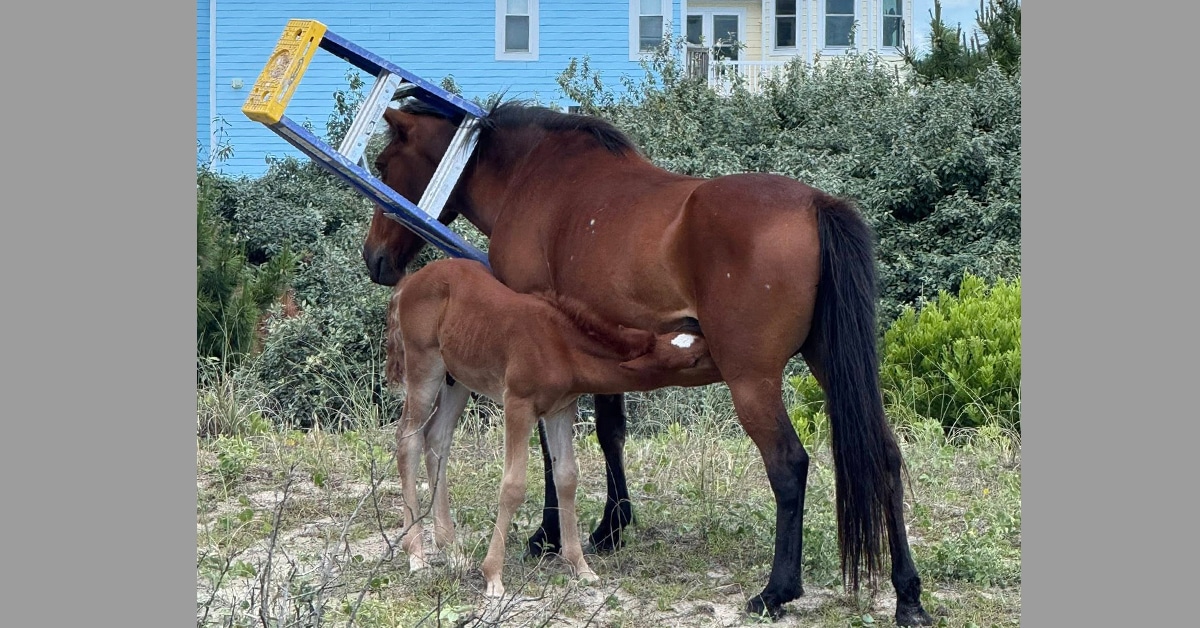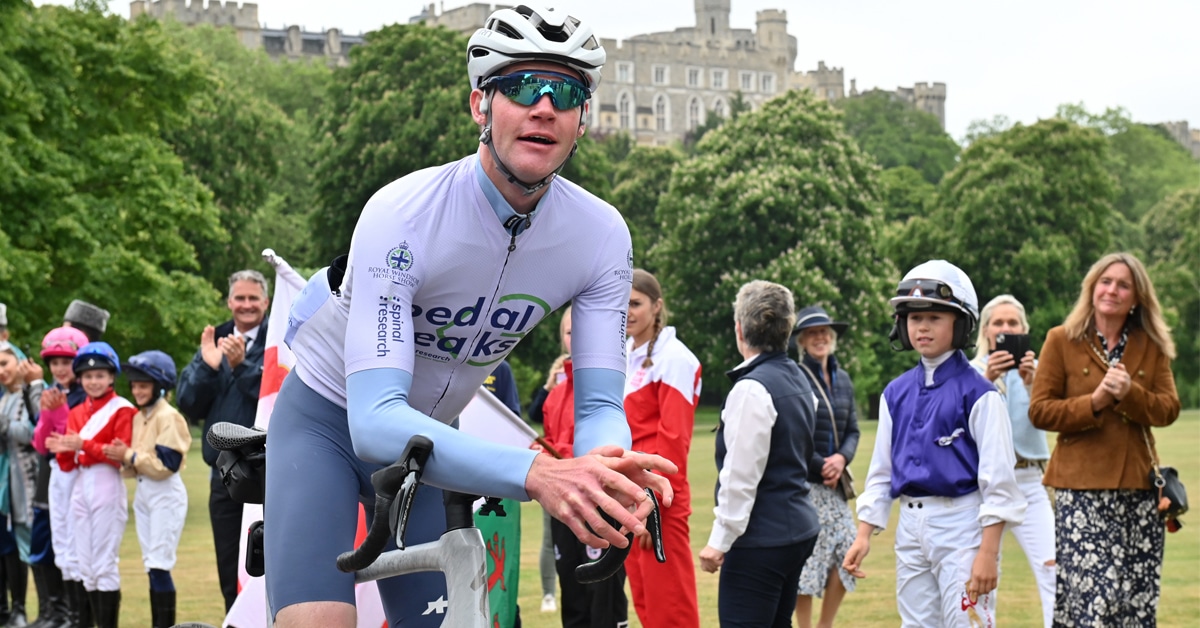There has been a lot of chatter about the gold-medal winning Swedish show jumping team in Tokyo and their shoeless horses All In and King Edward. Swedish team rider Peder Fredricson aboard the All In was also the individual silver medalist.
His farrier is Peter Glimberg, who was not in Tokyo due to restrictions, but who works on Fredricson’s horses during the rest of the year and has traveled to various international shows. Prior to working for Fredricson, he was a farrier at a veterinary clinic where he worked on “injured and distressed horses.”
Glimberg contributed to Fran Jurga’s site The Hoof Blog where he explains that an unshod hoof functions better than a shod hoof on today’s modern fiber-sand arenas. “The negative side of nailing a shoe to a hoof is that you automatically lift the hoof from the ground and therefore take away support from the underside of the frog and sole,” he explains in the article. “Since modern arena materials are very firm, with a nailed-on steel or aluminum shoe, we also take away the hoof’s ability to flex medio/laterally.”
To read more of Glimberg’s comments, read the full article here.
So how do you know if going barefoot is right for your horse? For some it’s a question of budget, but that shouldn’t be the only reason not to use horseshoes. Other factors such as the horse’s leg and hoof conformation, its exercise regime, which dictates how fast the hooves wear down (and consequently wear faster than they grow), and if they have adequate turnout for grazing, should be taken into account when deciding whether to kick off the shoes.
And for those who do choose to go barefoot, for added protection when hacking or even for turn out, you can consider hoof boots. These are also a fine solution for managing hoof and leg conditions like abscesses or mud fever.
But for the final opinion whether to shoe or not to shoe, consult your farrier. He or she will be the person best equipped with the knowledge to assess your horse’s individual situation and needs.
More News









